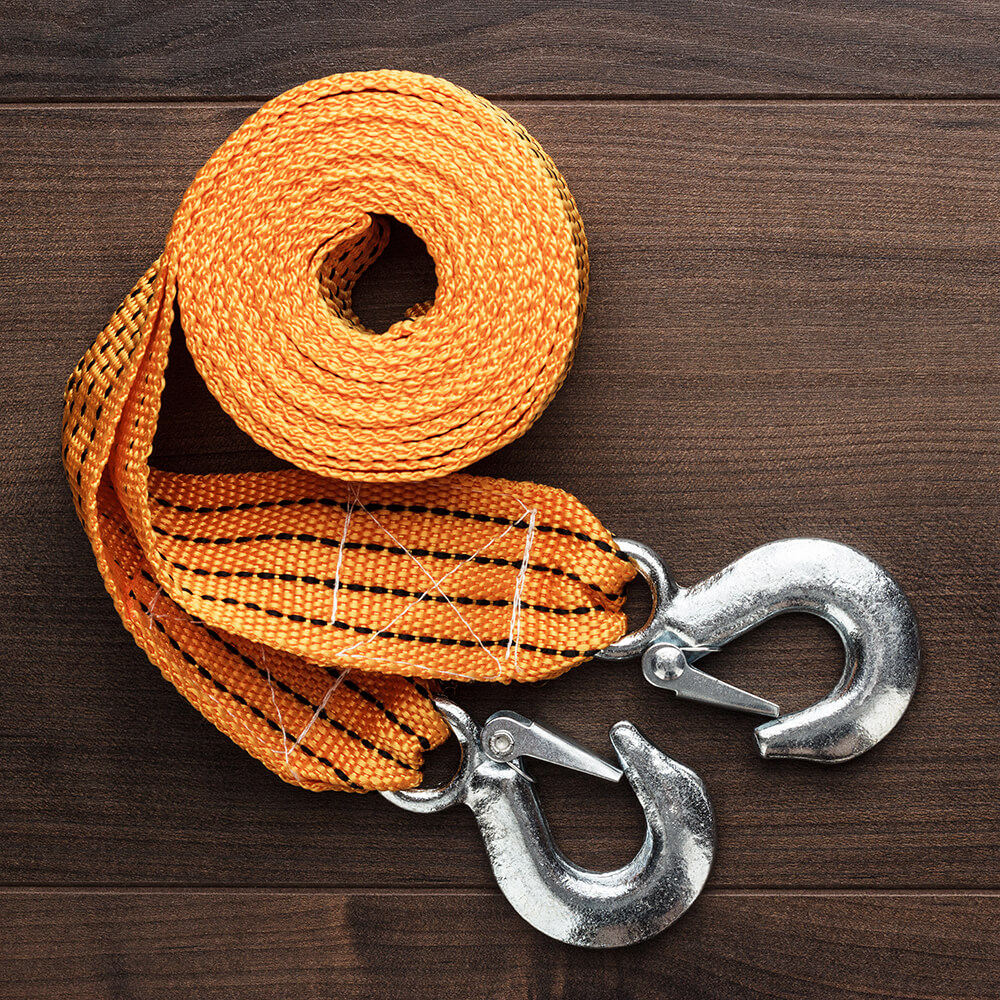Safe Travels on the Road for the Holidays: Tips for a Stress-Free Journey

For many, the holiday season means hitting the road for visitations or getaways. While excitement fills the air, it is very important that your safety on the road is ensured. With just a few simple precautions, the risk can be drastically reduced and allow you to reach your destination safely.
The fewer the problems, the smoother your trip will be. Check your vehicle and map out your route to help avoid problems that may come up along the way. Also, winter conditions could change in minutes, so it is very important to check forecasts and plan your travel times accordingly.
Take breaks frequently to stop and get a rest. Fatigue during driving is a no-go, and you should listen to your body. Schedule stops midway to keep yourself fresh. In so doing, one prioritizes safety for one’s self, as well as every other person who will be on the roads during this period.
How to Plan a Road Trip
Planning is critical for a safe and comfortable road journey during holidays. As you concentrate on your choice of vehicle, route selection, and weather, you will travel relatively risk-free and have an enjoyable experience.
Selecting the Right Vehicle
Selecting a correct vehicle is crucial to any road journey. Think about things like how many passengers you would be carrying, what luggage you would need to carry, and its fuel efficiency.
Key points to consider:
Size: Enusre your vehicle can comfortably accomodate all passengers and their luggage.
Condition: Inspect all mechanical systems, including brakes, tires, and lights. A pre-trip check up can help spot any potential problems.
Fuel Efficiency: Choose a vehicle that offers good mileage, especially for long journeys. This can help you save on fuel costs.
If you are renting, choose a model that will suit your needs without going overboard. For instance, you may want an SUV for winter conditions or a sedan for warmer weather.
Mapping Your Route
Plan your route ahead of time to avoid delays and keep you on schedule. Utilize mapping apps for real-time traffic updates, alternative routes, and necessary rest stops.
Mapping tips:
Identify Major Highways: Use major highways for ease of traveling and consistency.
Plan for Rest Stops: Regularly set stops to rest, drink water, and refuel. Try to stop every 2-3 hours to avoid drowsiness.
Consider Alternates: Prepare for detours in case of construction or traffic congestion.
And don’t forget to research attractions along your route that you would like to stop and see.
Preparing for Weather Conditions
Winter weather can greatly affect your travel plans and safety. Being prepared for bad conditions requires great preparation and caution.
Steps to take include:
Check Weather Reports: Always check the forecast for your dates of travel, especially for snow or ice.
Pack Emergency Supplies: Include such things as blankets, snacks, water, and a first aid kit. A flashlight and road flares can be crucial in emergencies.
- Prepare Your Vehicle: Winterize your vehicle with tires that will help you gain traction if traveling in snowy regions. Keep windshield washer fluid with you, and ensure your wipers are in good working condition.
Being prepared about weather conditions can let you travel confidently without surprises in case bad weather is along the way.
Vehicle Safety Checklist
It is important to take necessary time to have your vehicle in the best of condition for travel during this usually busy holiday period. Give attention to maintenance and have at hand all essentials useful in any kind of emergency.
Maintenance and Repairs
Check your vehicle before you hit the road. Start with the fluids: check that the oil, coolant, brake fluid, and windshield washer fluid are at their recommended levels.
Next, inspect your tires for proper inflation and tread depth. Under-inflated tires can lead to blowouts; worn tires can compromise grip.
And then, of course, there are the brakes. Listen for unusual noises, and if the pedal is spongy or there are grinding sounds when you press down, take it to a professional before you go on vacation.
Finally, check that all lights-headlights, taillights, and turn signals-are all in order. Replace burned-out bulbs with new ones to keep visibility at its best.
Emergency Kit Essentials
An emergency kit is one of those things that can get you out of an unexpected situation. Include a first aid kit, complete with bandages, antiseptics, and any medications that may be required.
Add flashlights with extra batteries to light up the darkness. A multi-tool can come in handy for quick repairs, too.
Pack a blanket and warm clothes to keep you warm if stranded. Add non-perishable snacks and water for nourishment until help arrives.
Always carry a roadside emergency sign or flares with you in your vehicle to caution others. You can also use jumper cables if your battery dies on you. Having all these important things will help you feel safe while on the road.
